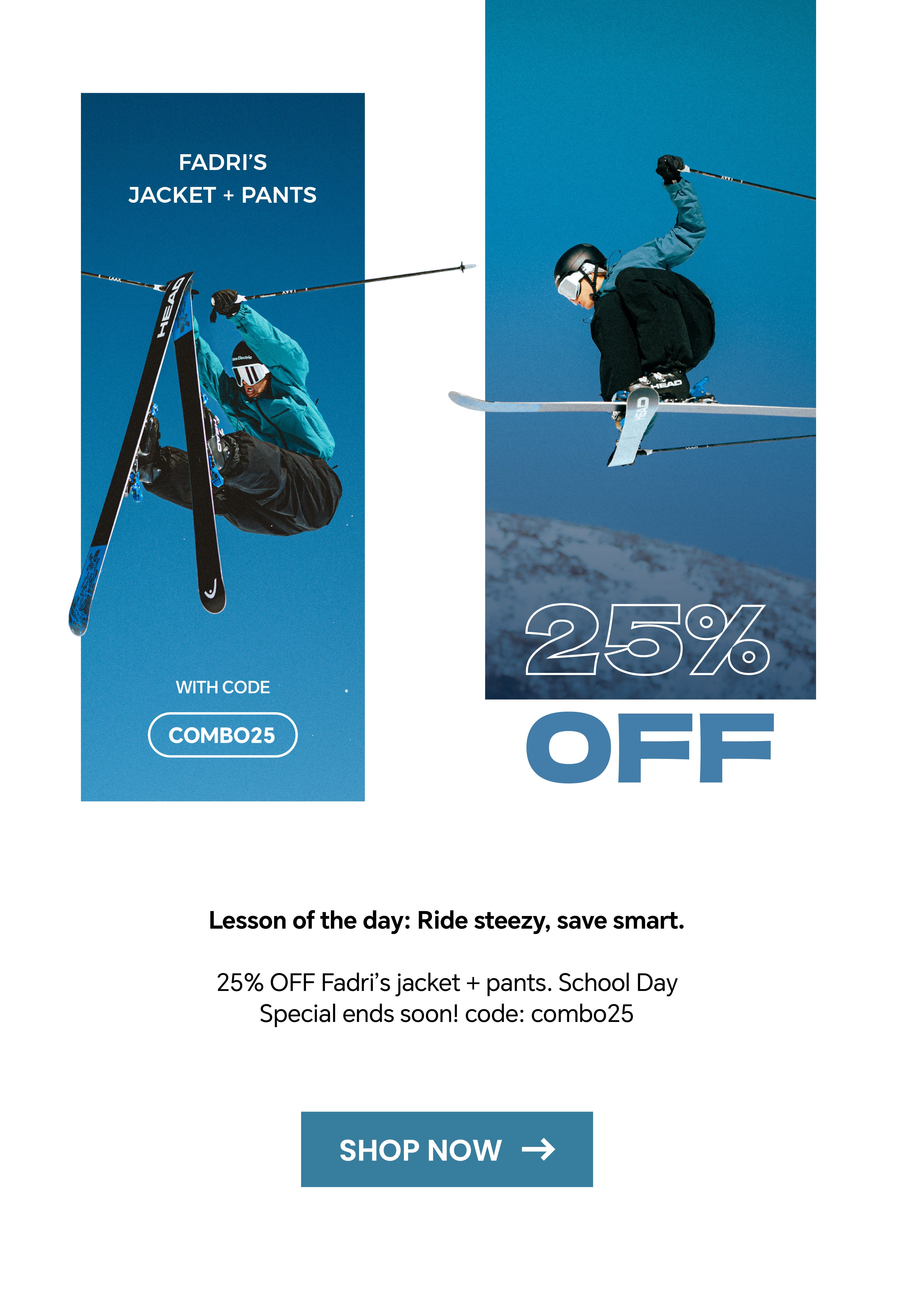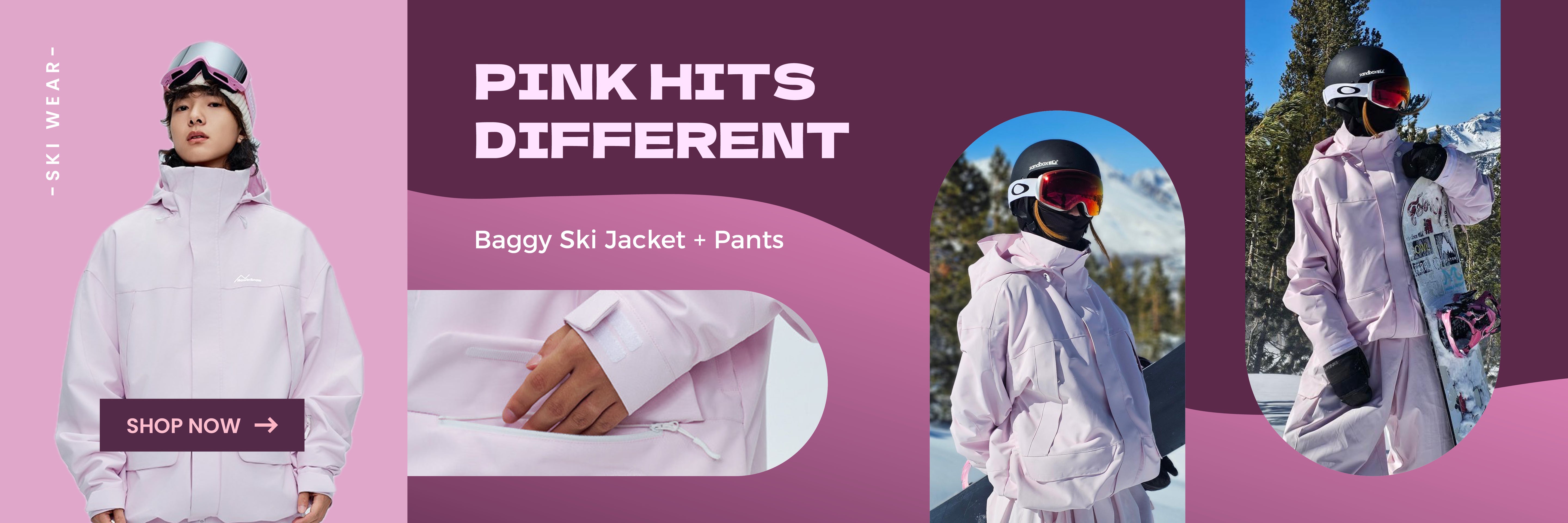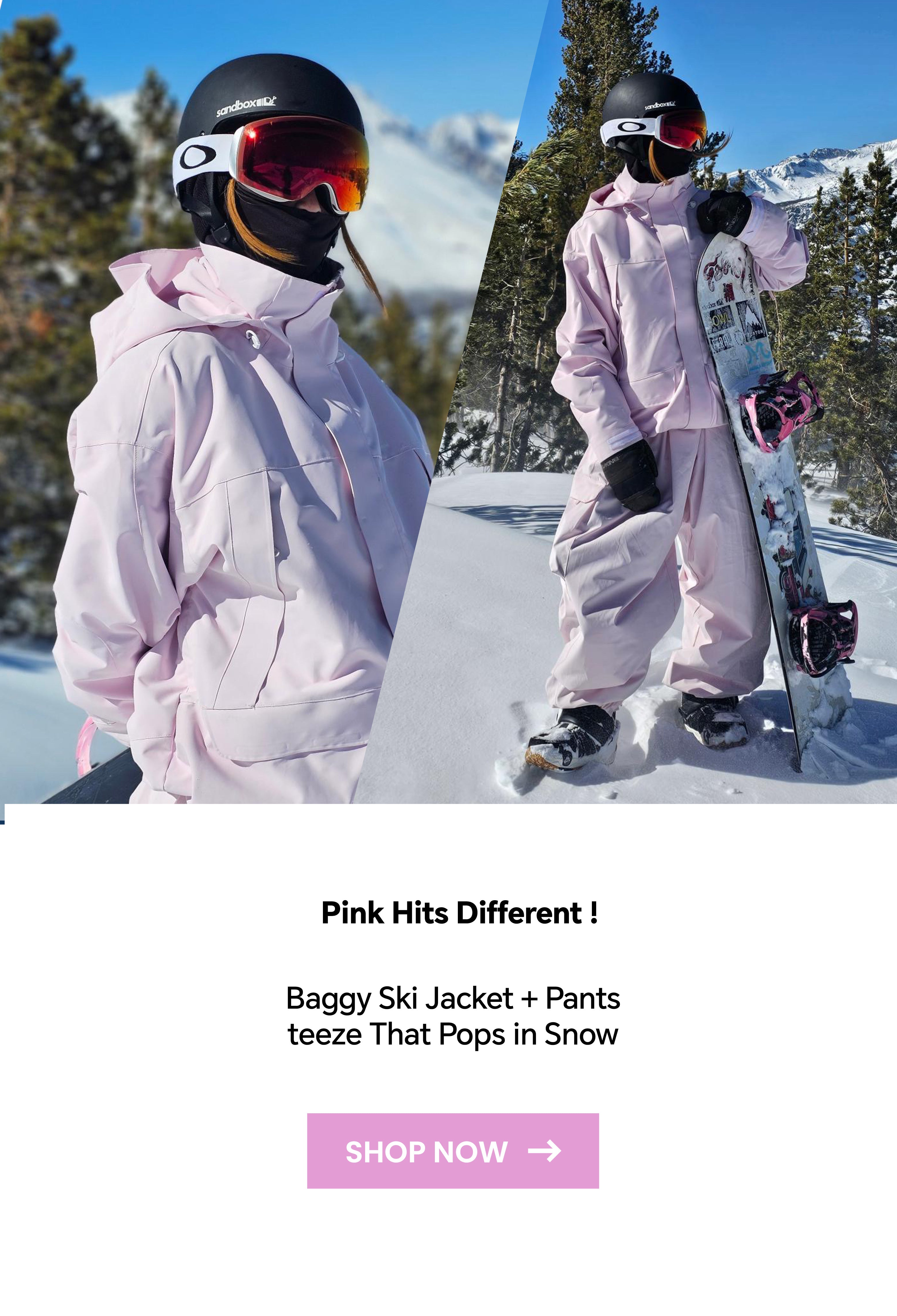Special Offers - US/UK/CA/AU Only SAVE NOW
Shop Top Categories
Gear We Love

All-Terrain Baggy Ski Trousers
No cargo pockets, no power skirt-just lightweightcomfort for smooth park days.

Baggy Cargo Trousers
Best-Seller of the Year – Durable fabric, secure storage, and the perfect baggy fit.

Glideflow Shell Jacket
Long zippers for instant airflow and a drawstring hem for a customized fit.
Summer Essentials
Snowears Drop
Gear Reviews
FREE SHIPPING
Free shipping on all order above $99
SUPPORT 24/7
Contact us 24 hours a day, 7 days a week
30 DAYS RETURN
Changed your mind? You can return any non-clearance item within 30 days.
100% PAYMENT SECURE
We ensure secure payment with PEV
- 選択するとページ全体が更新されます。











































